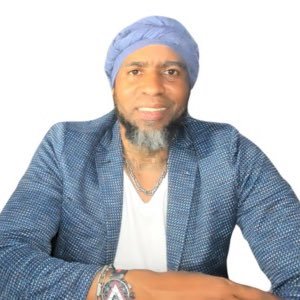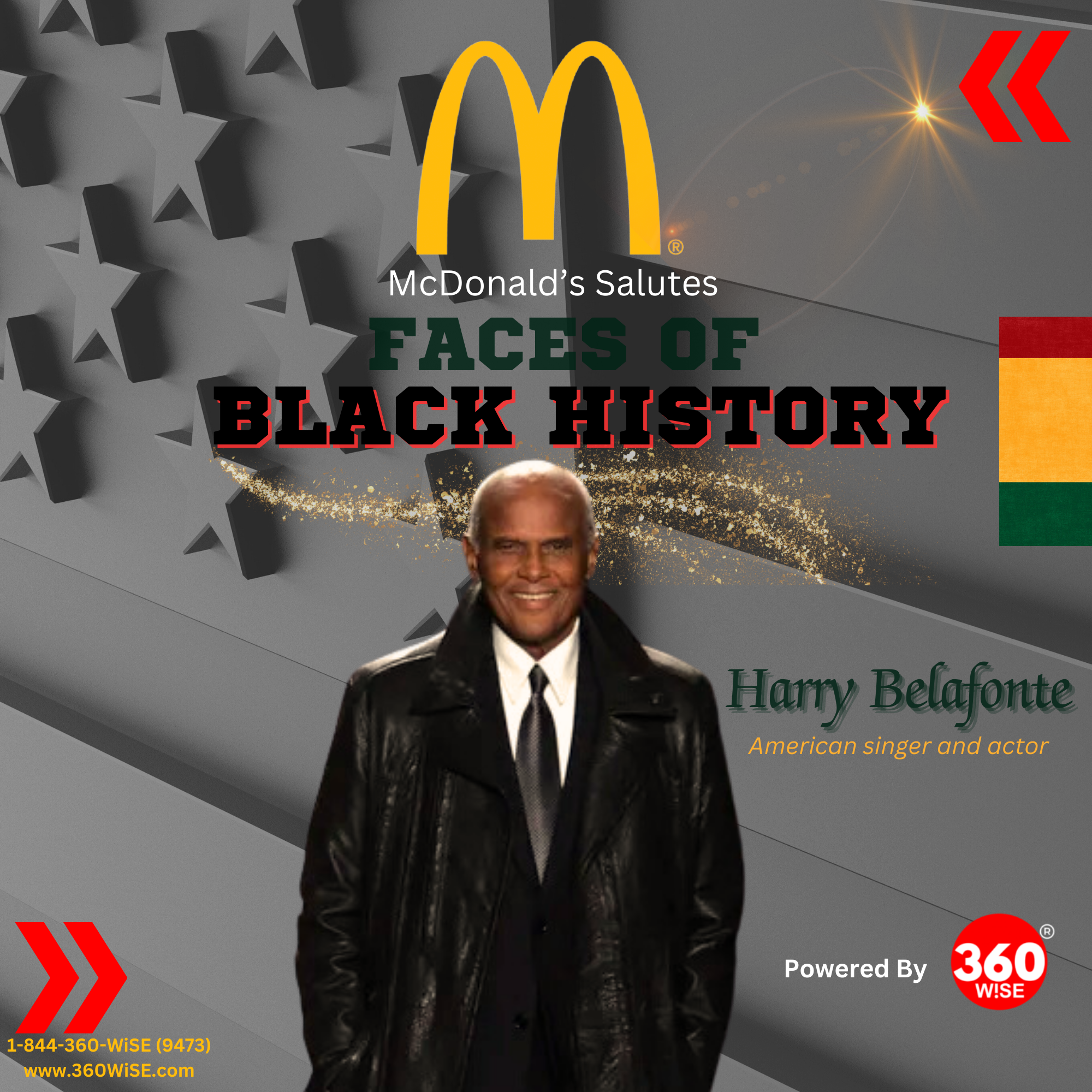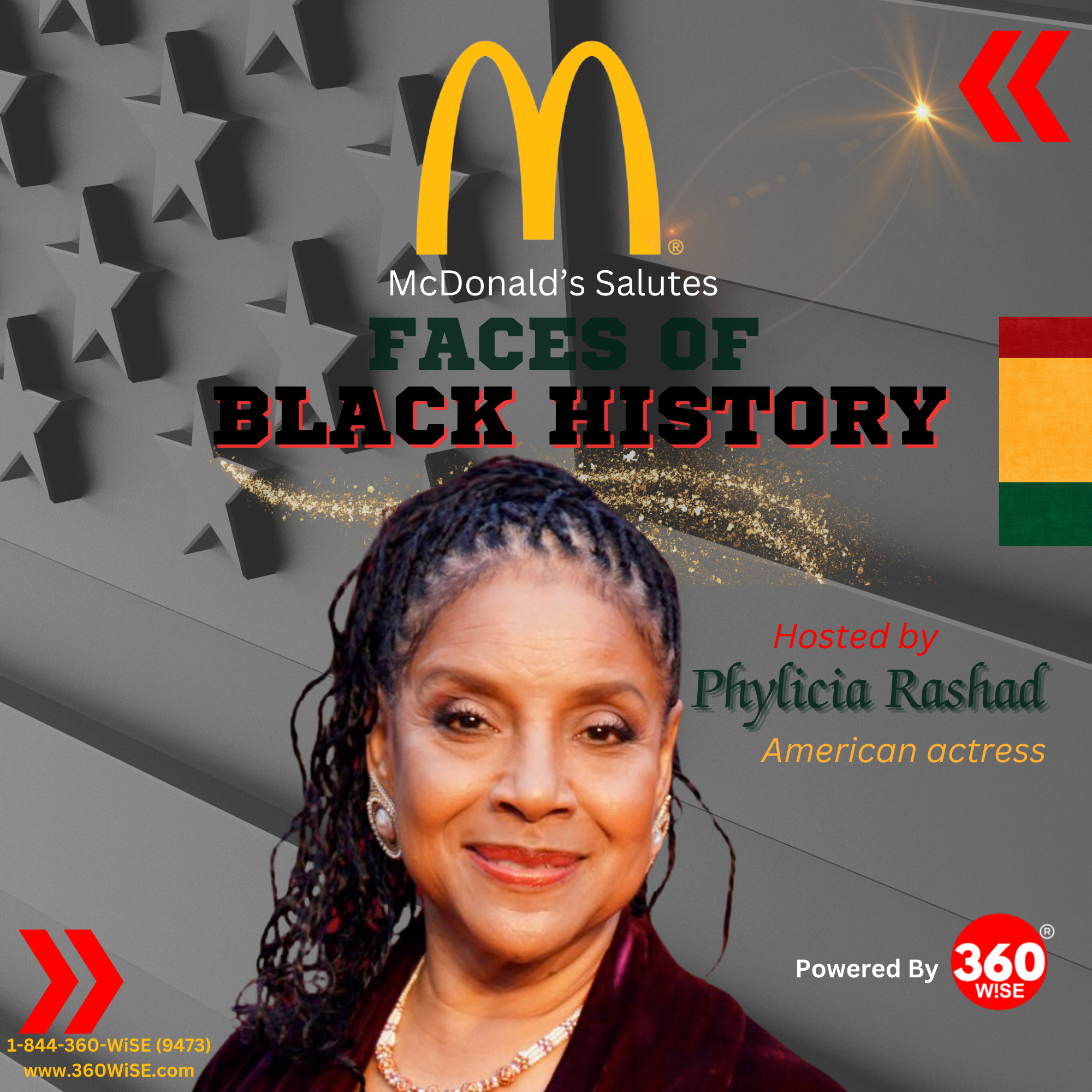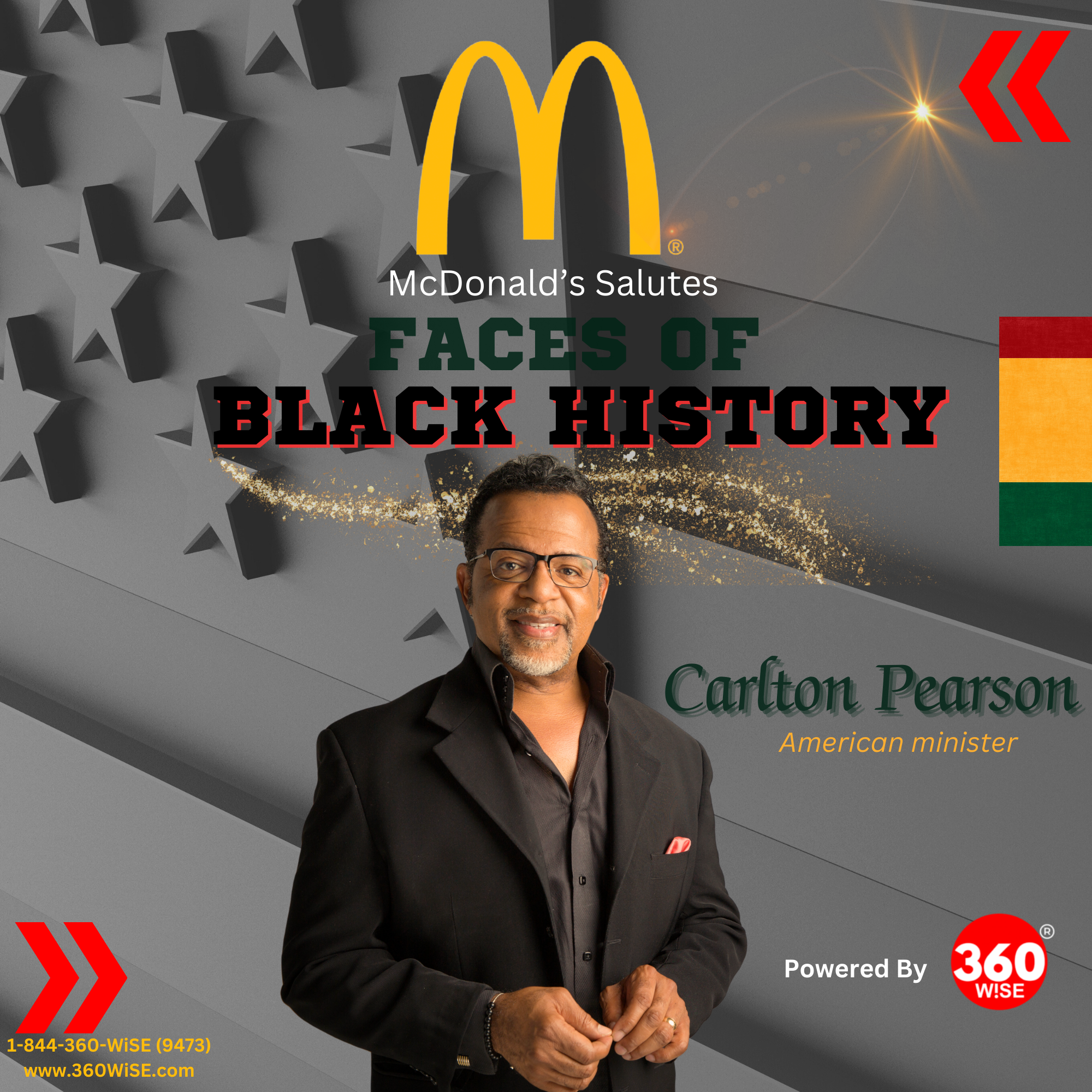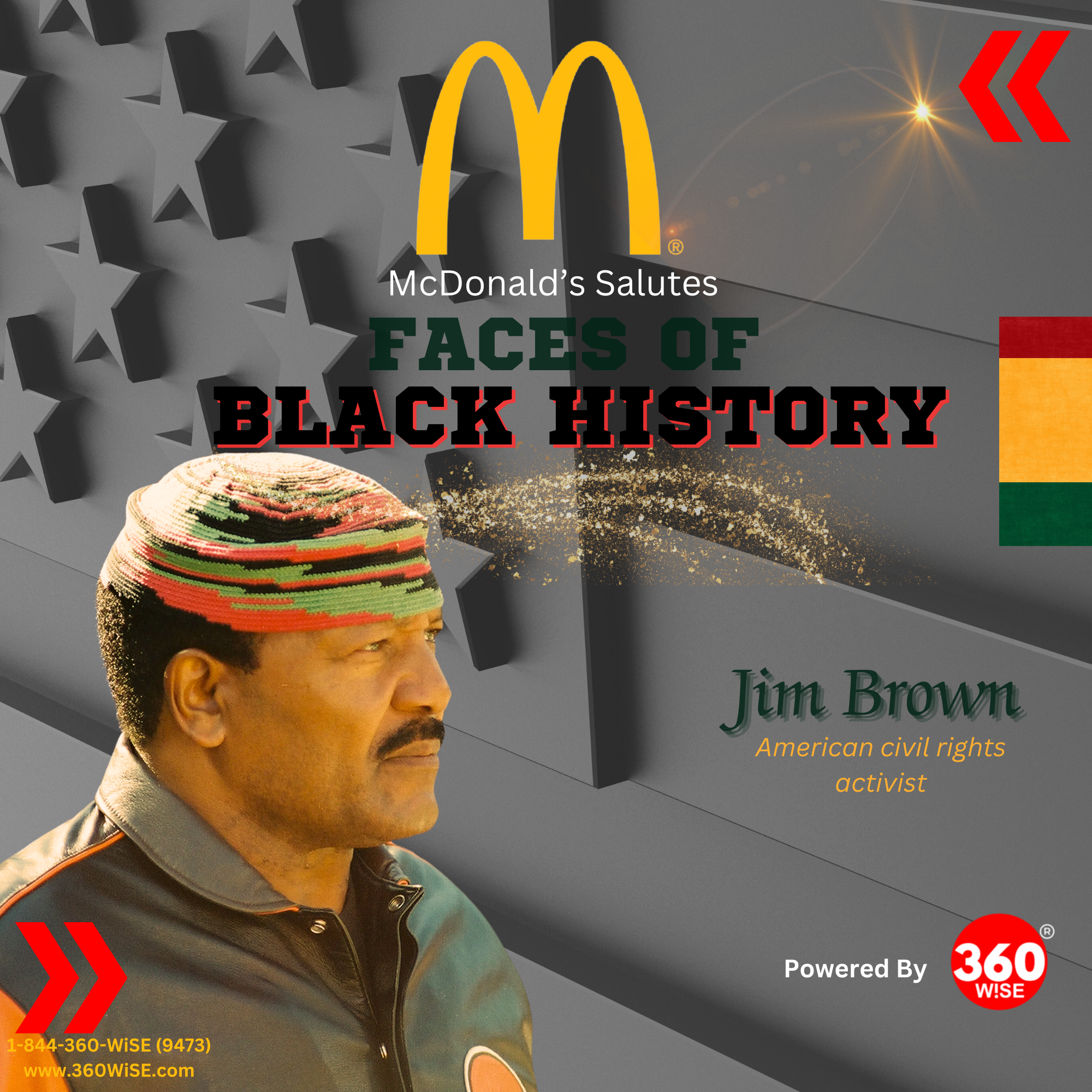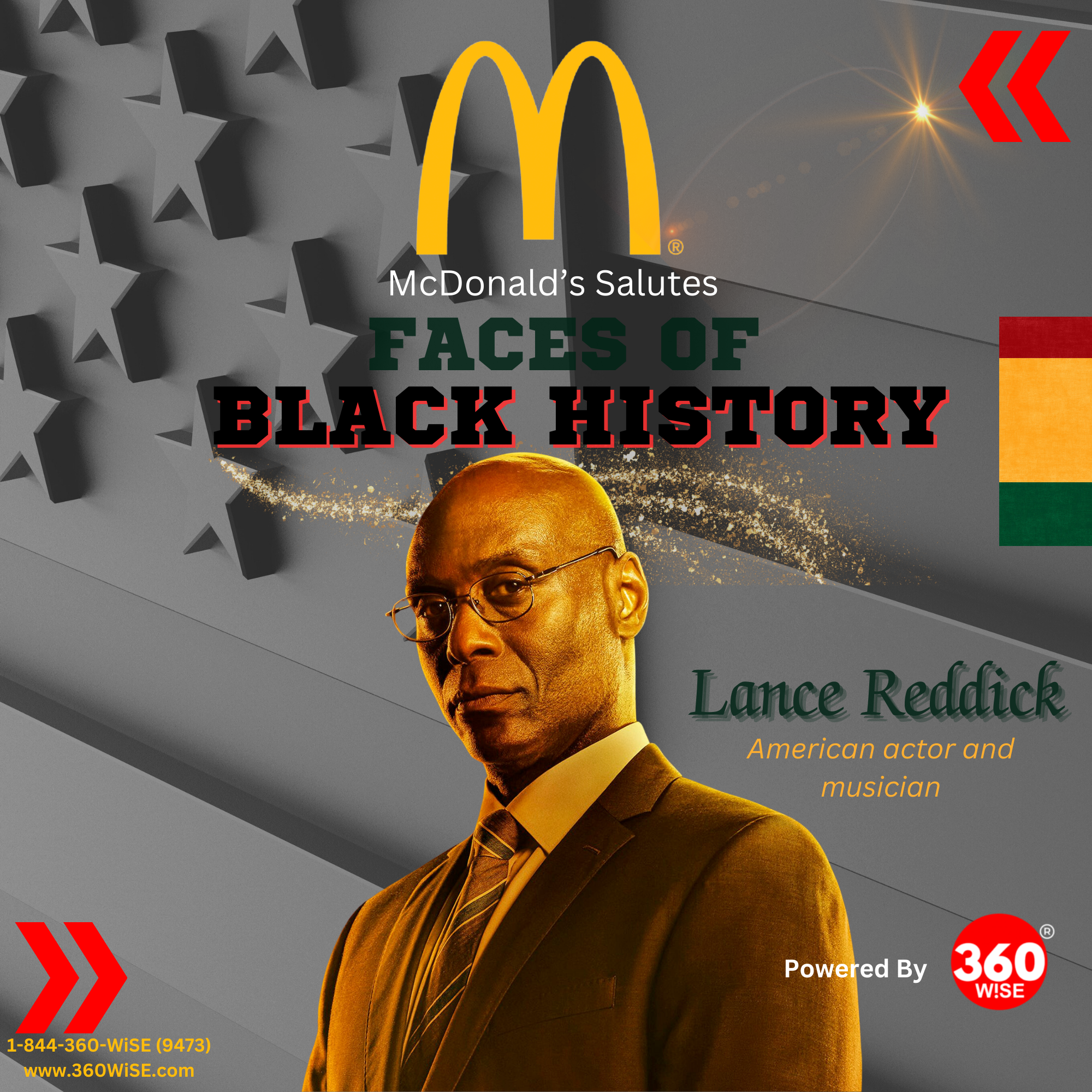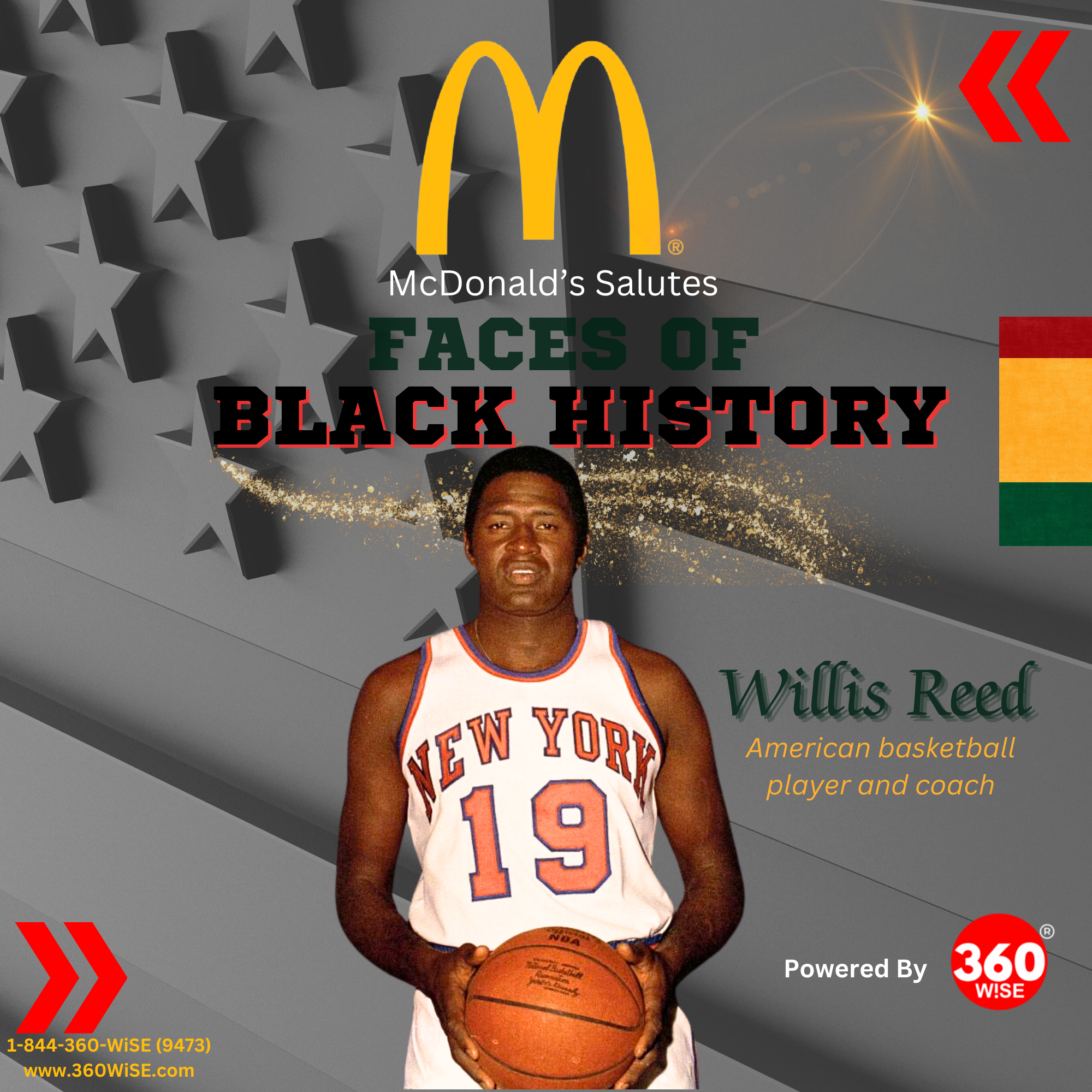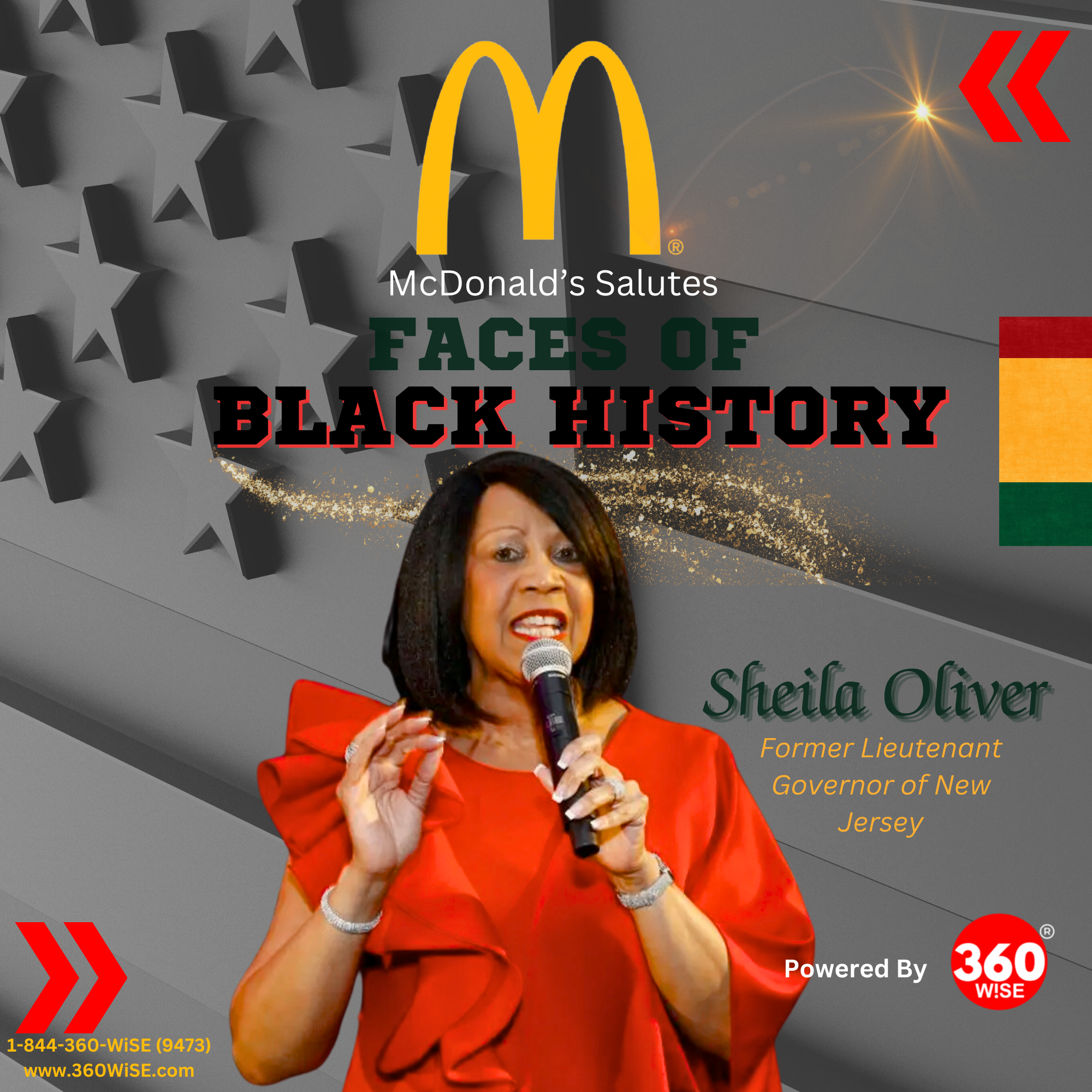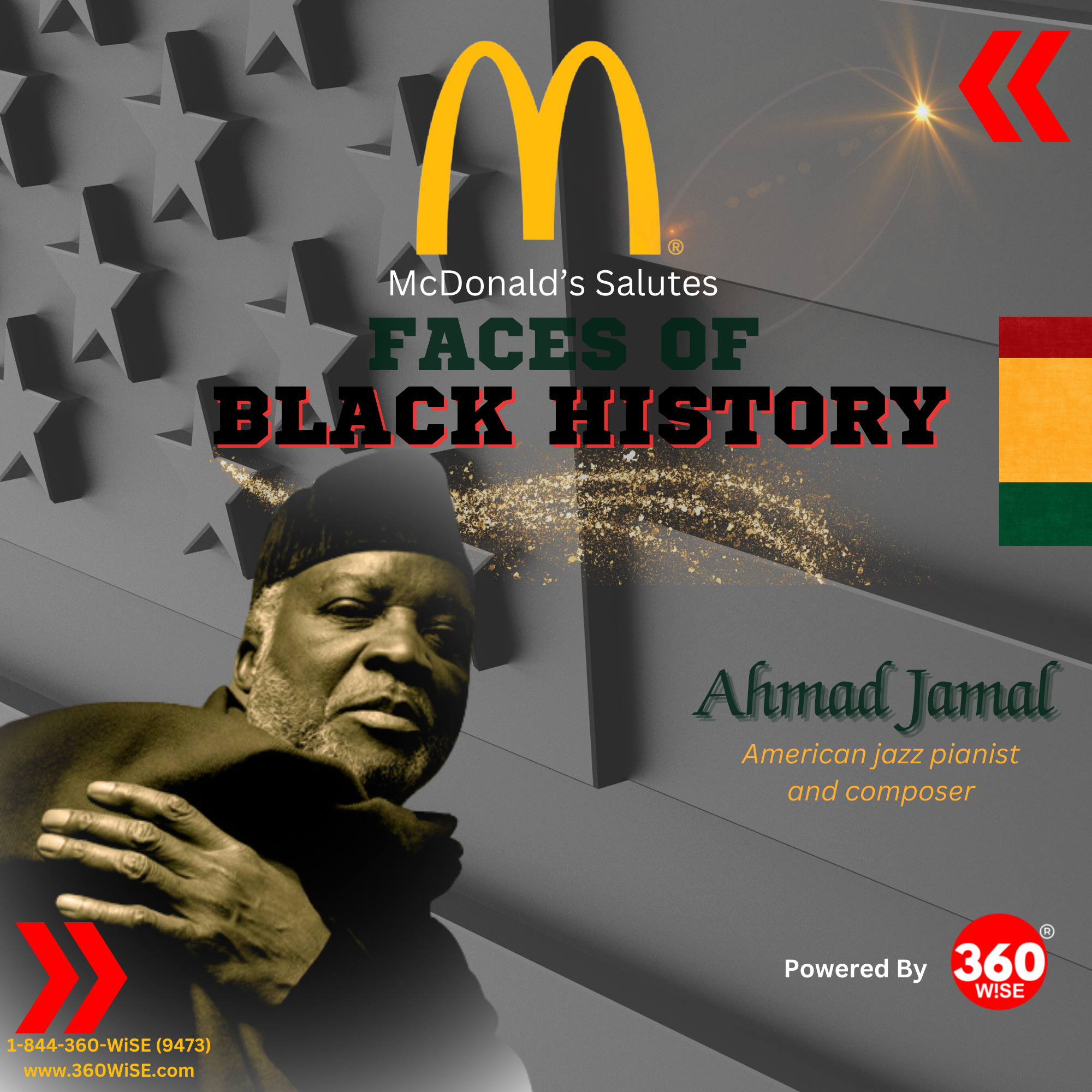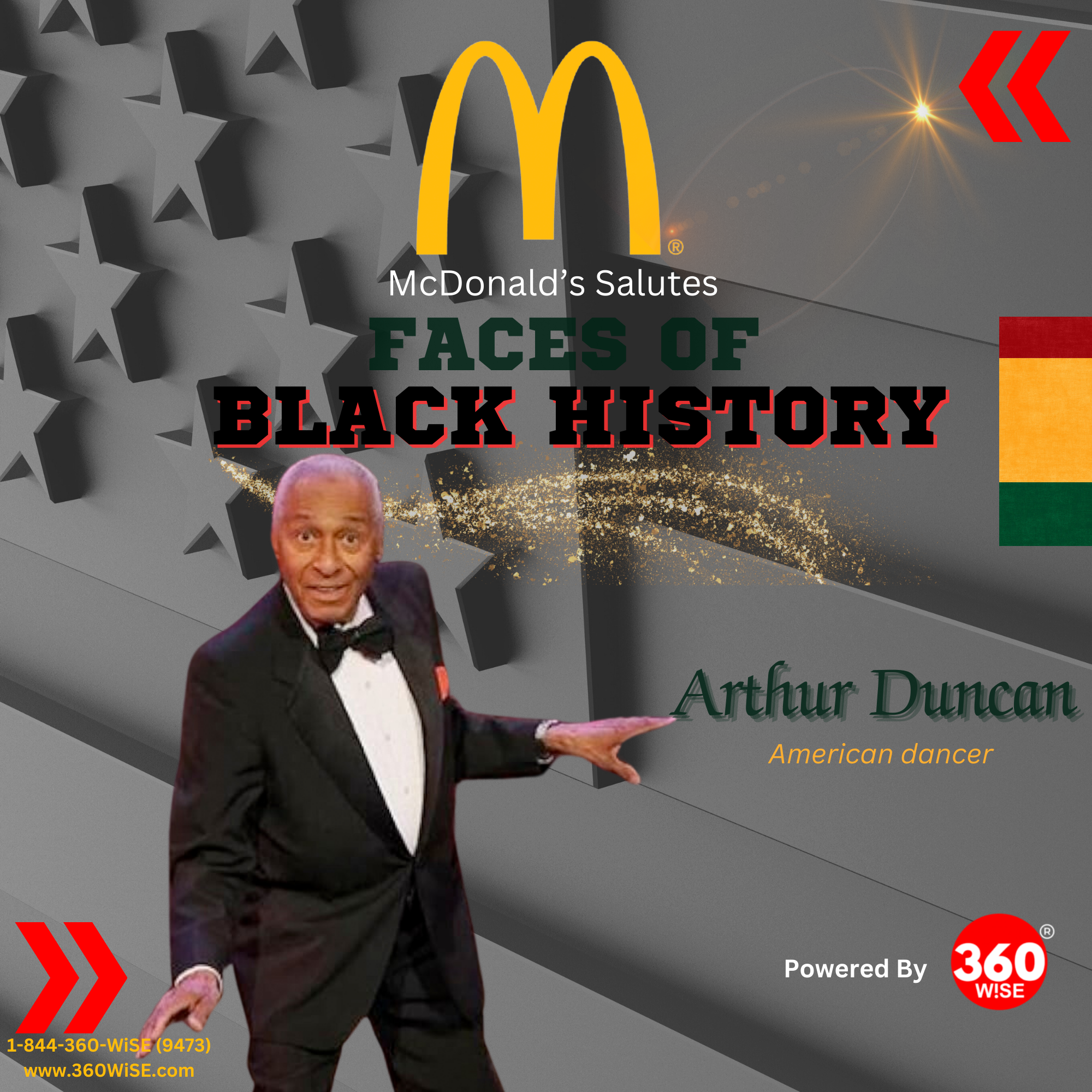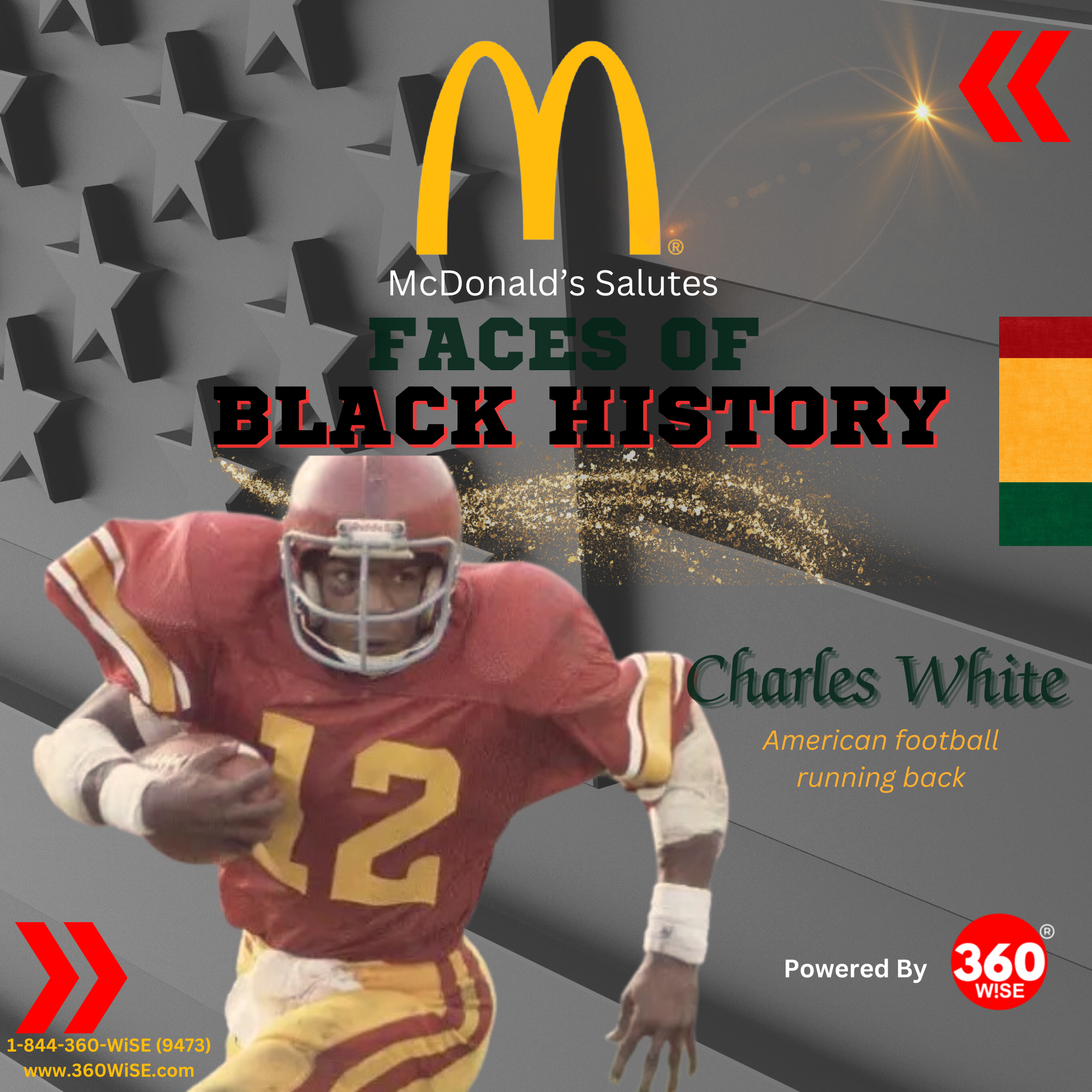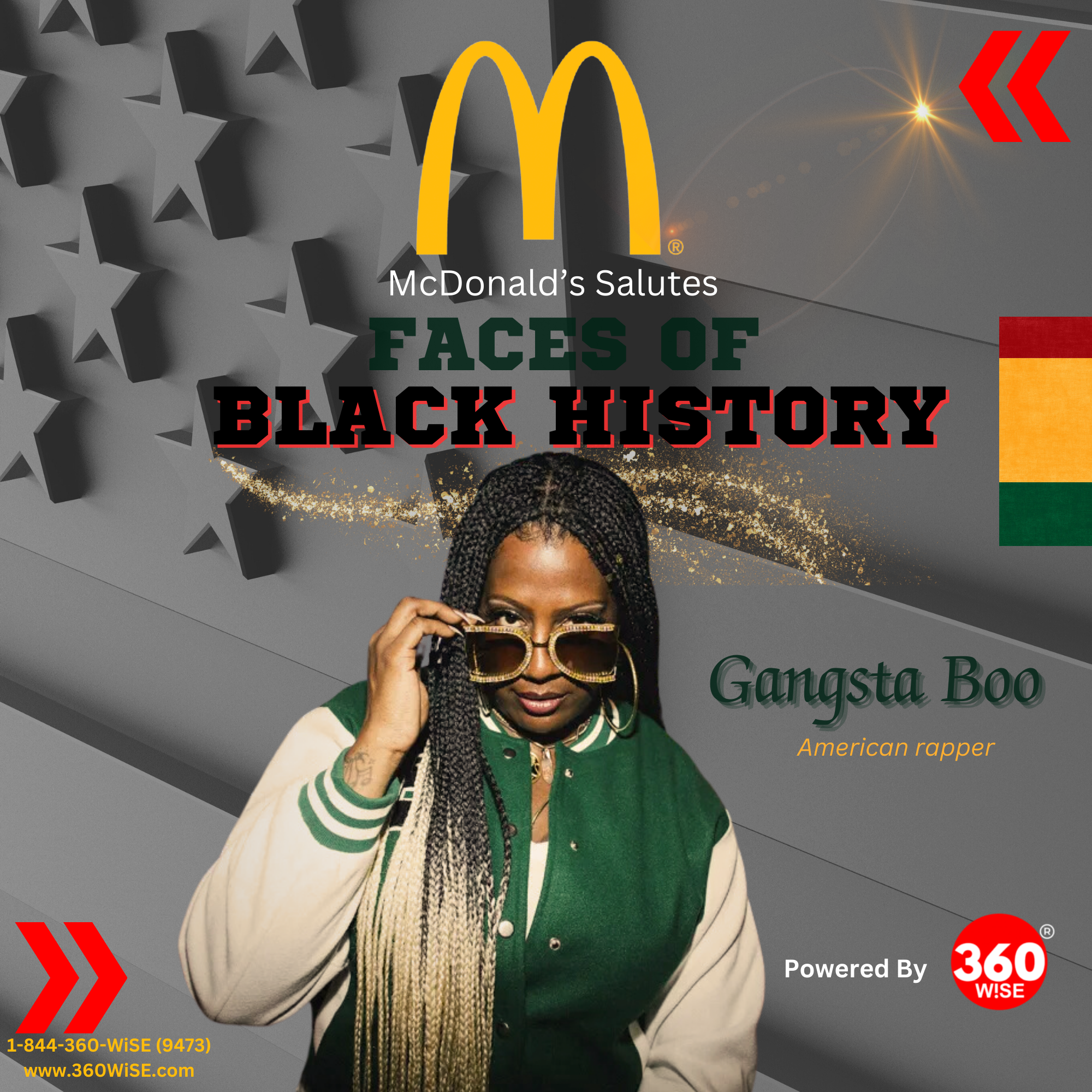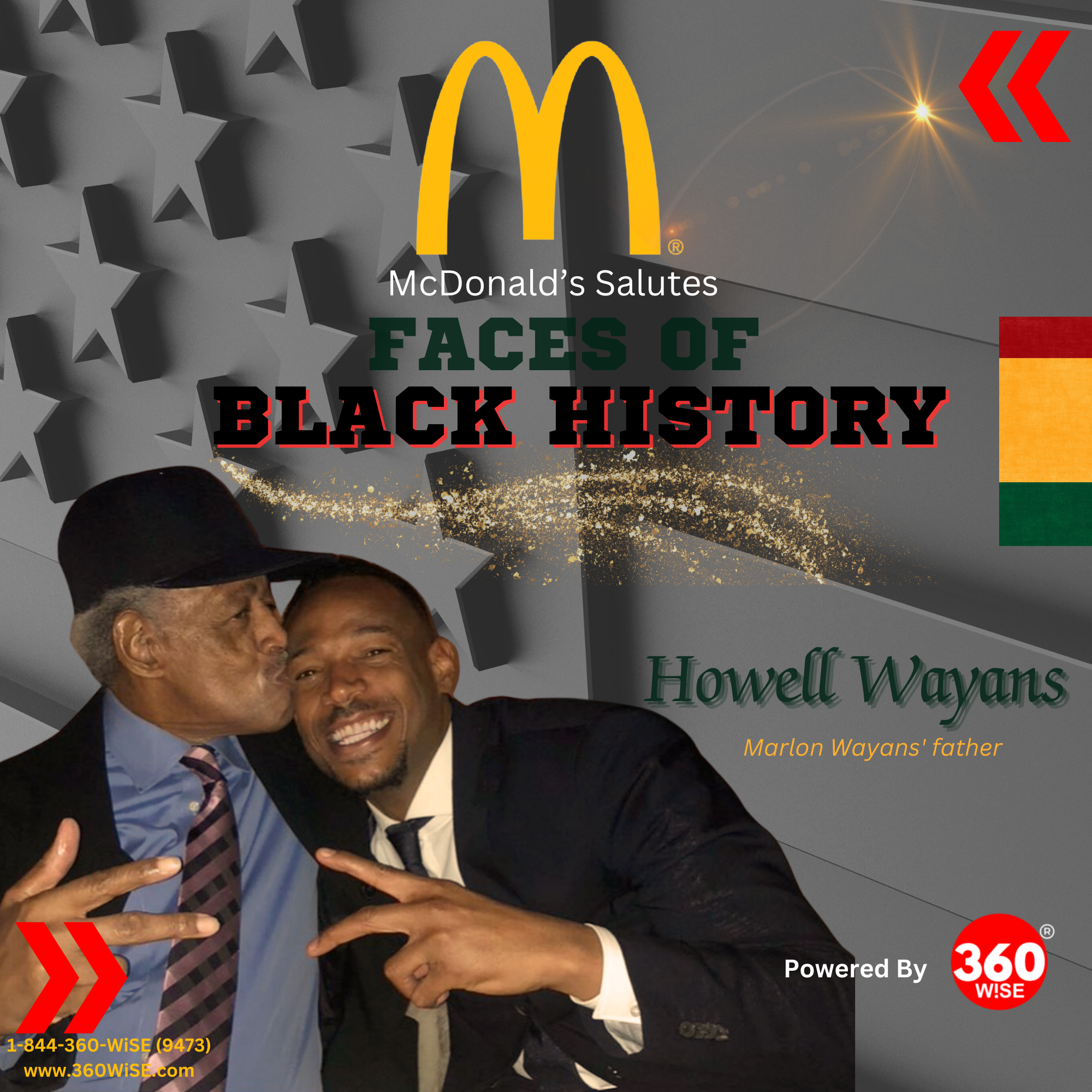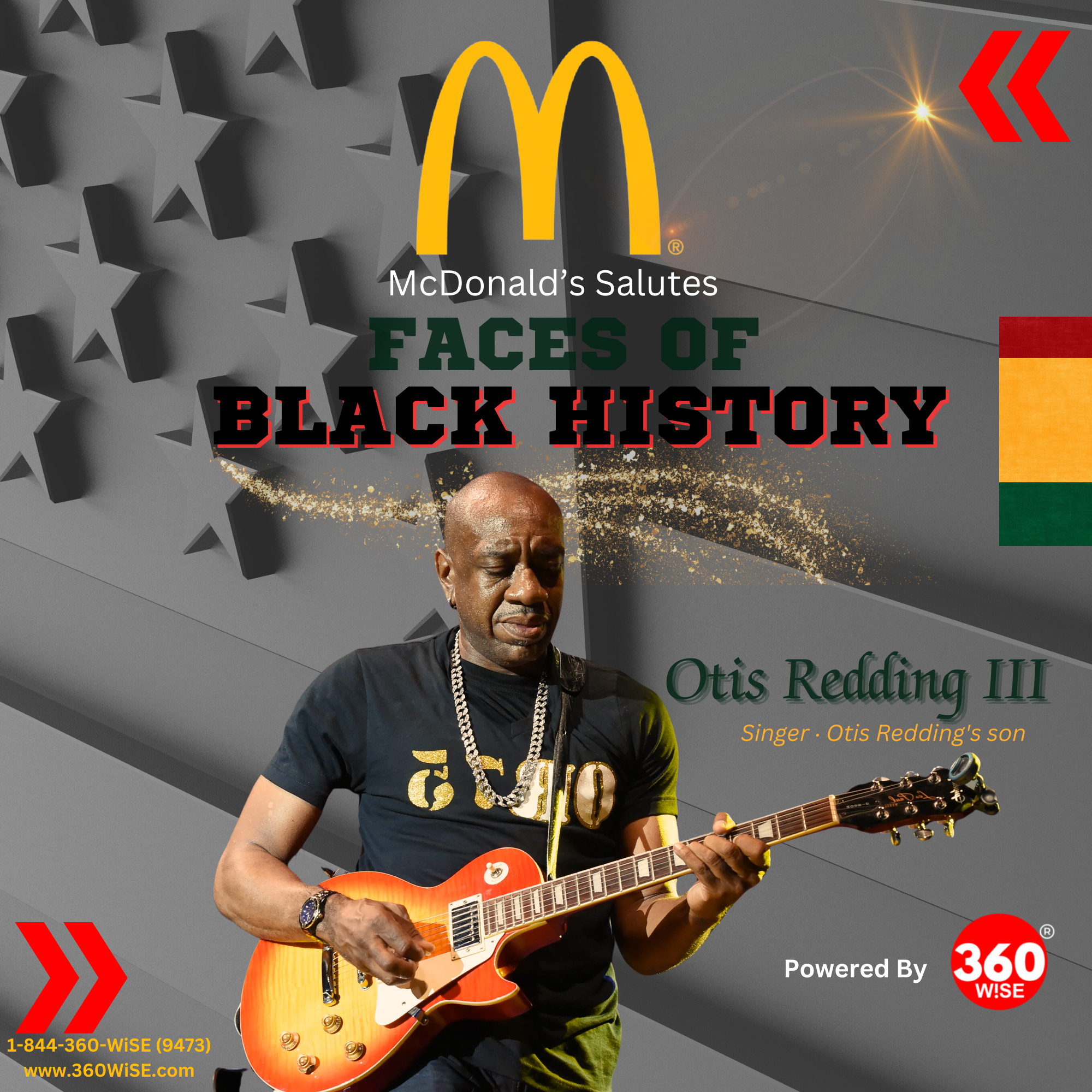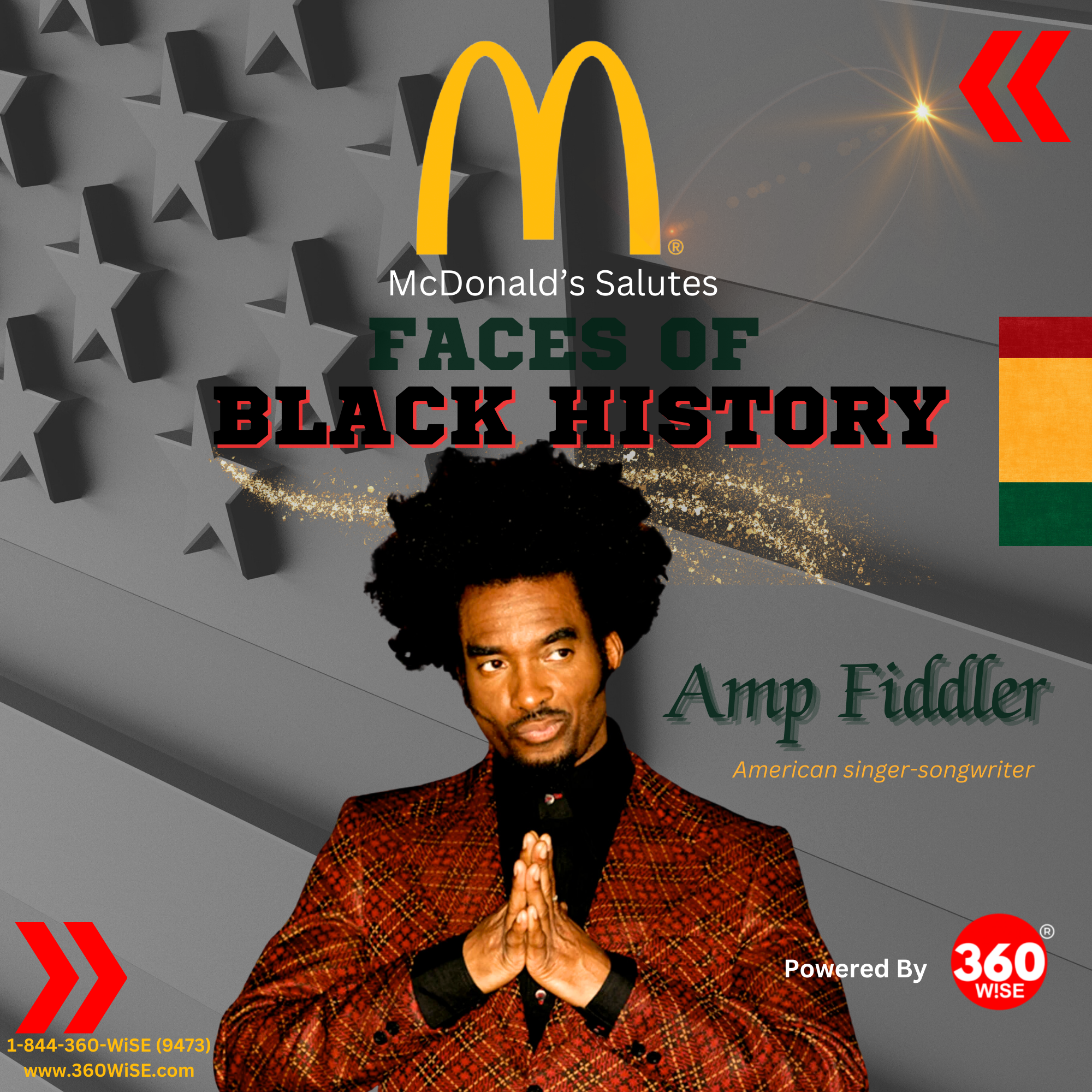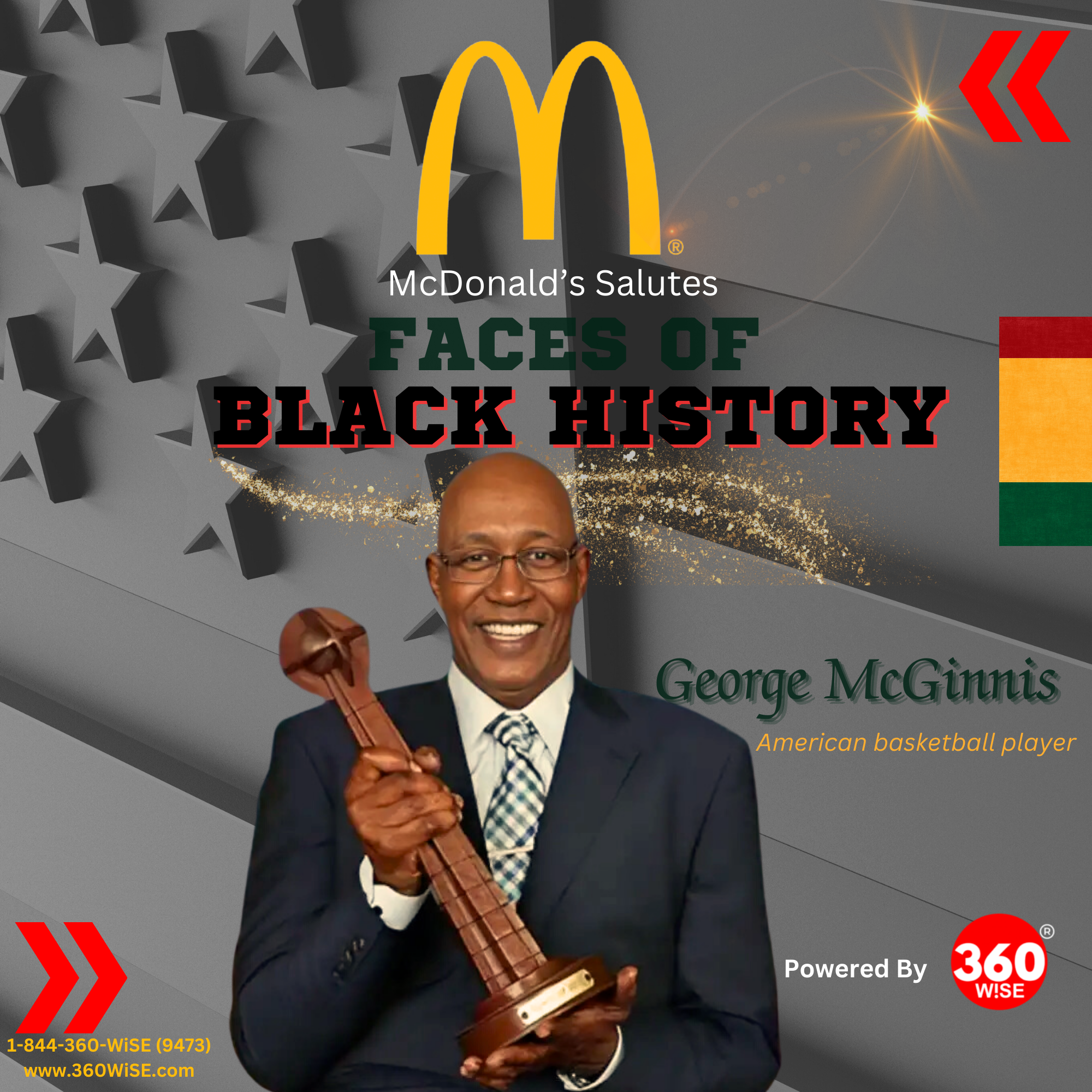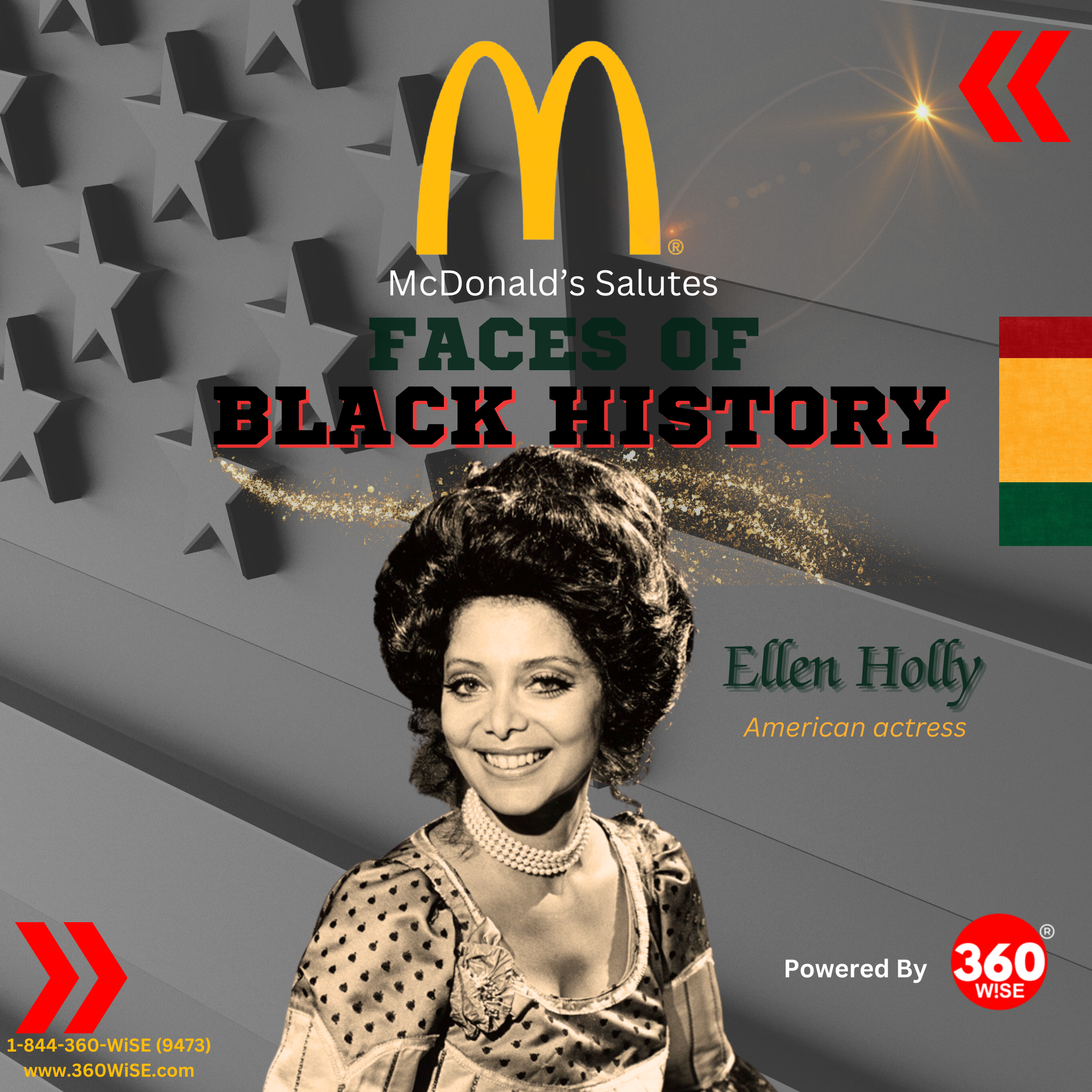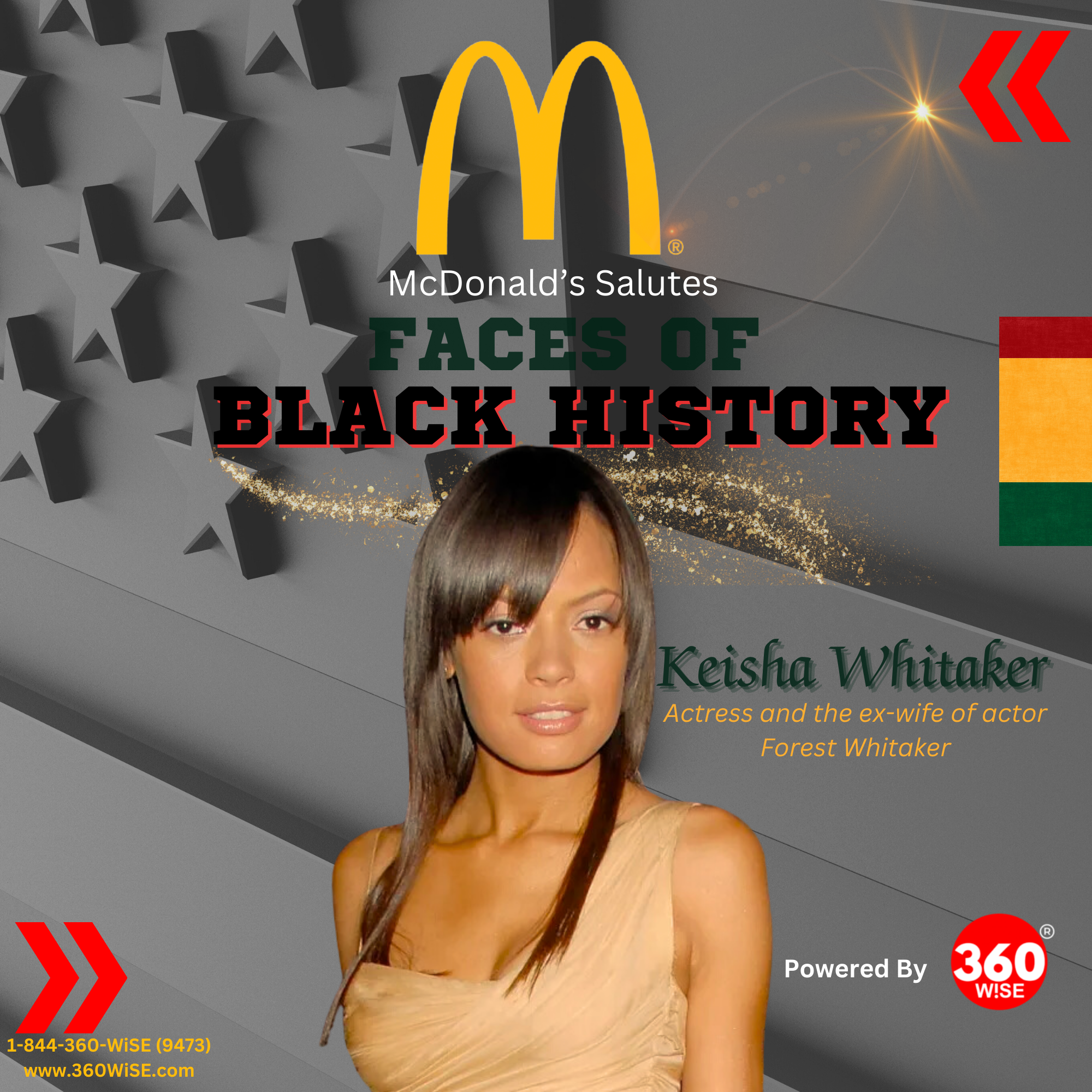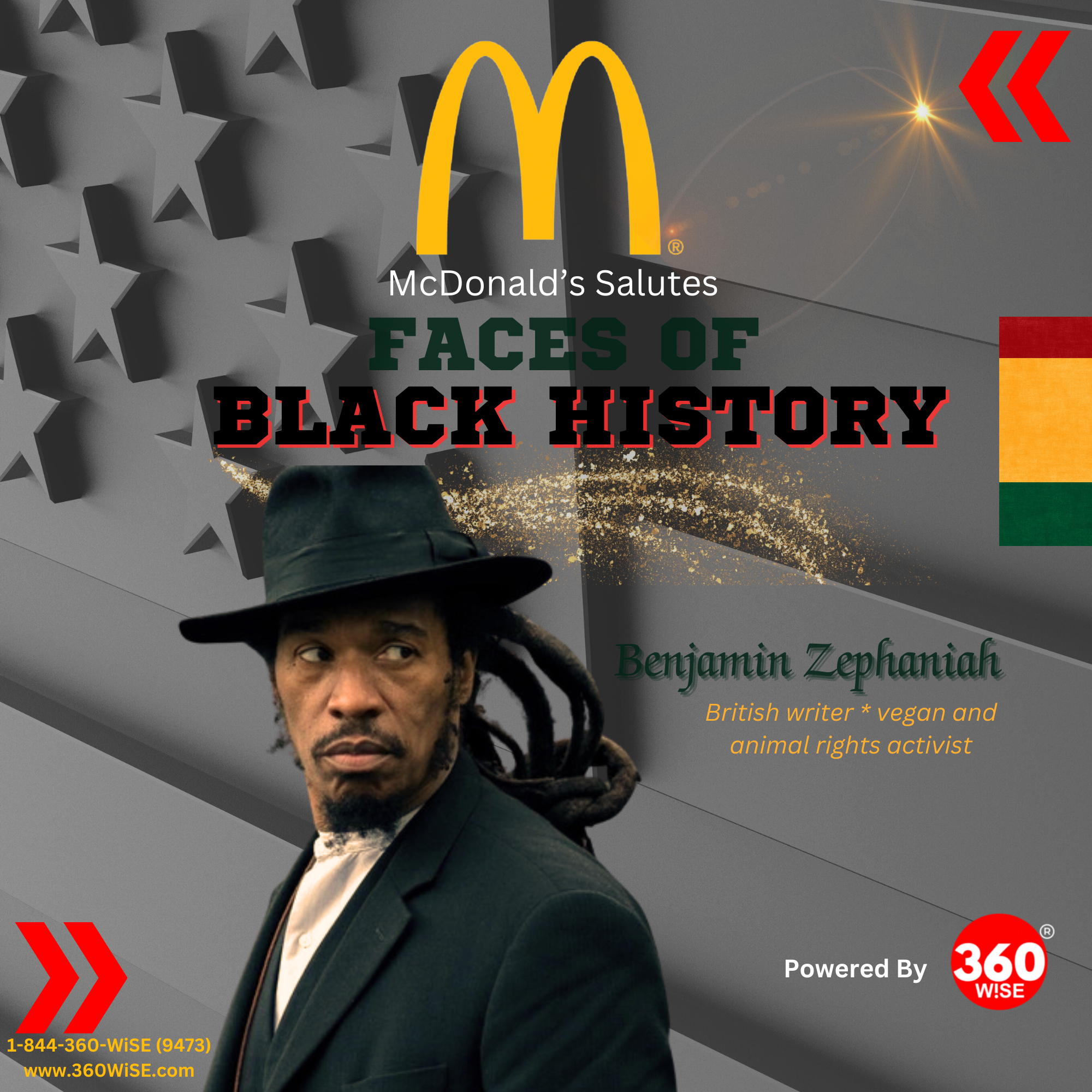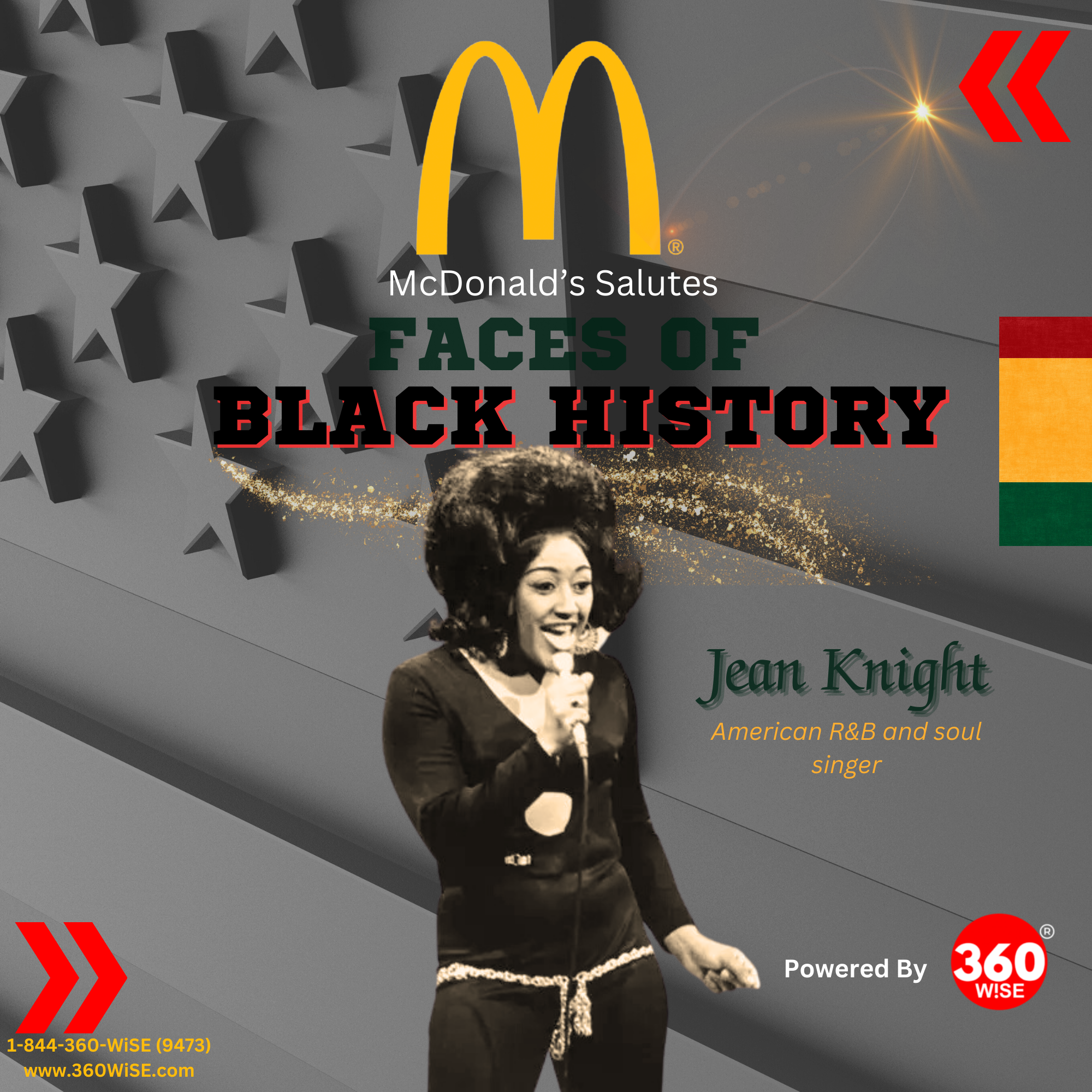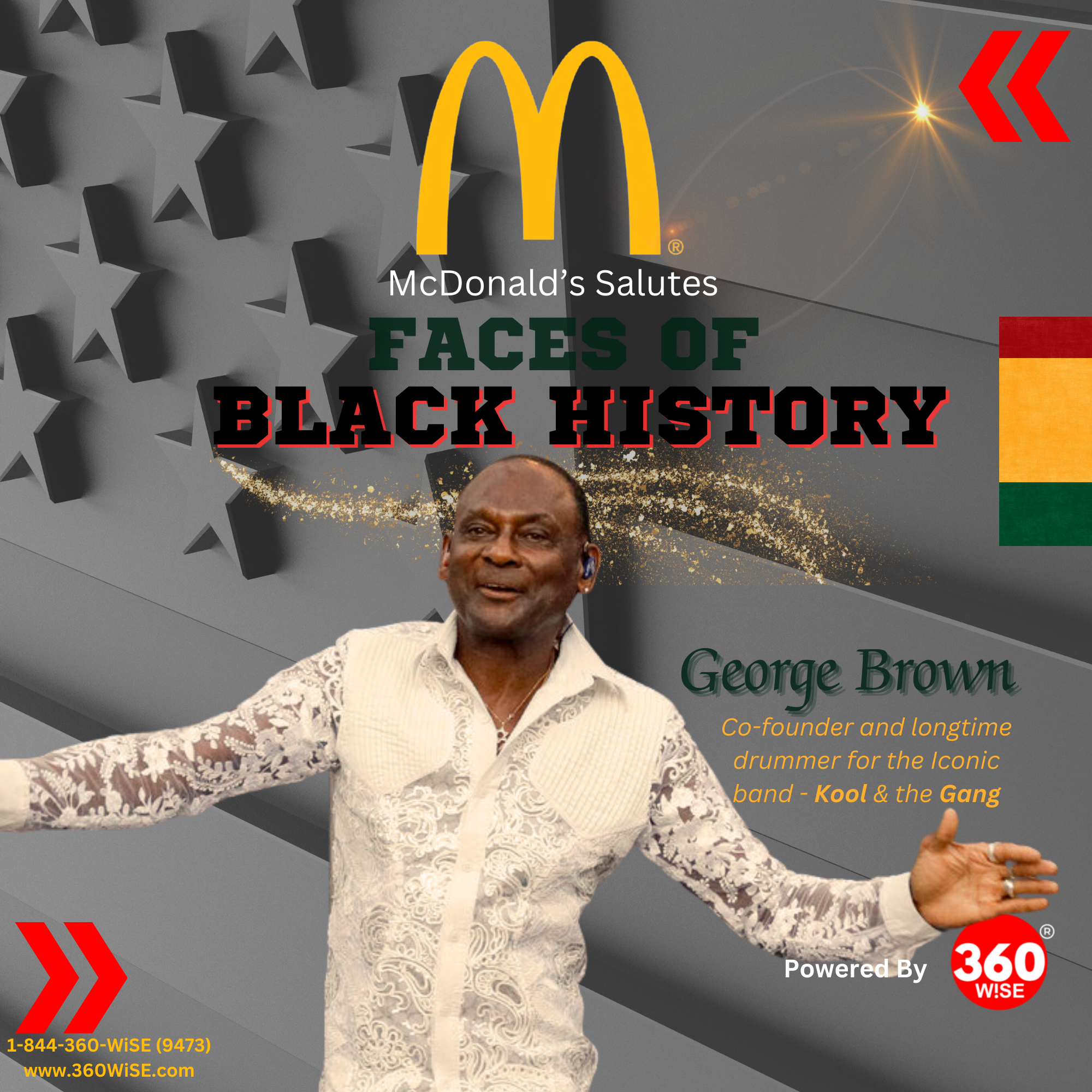 Salutes Faces of Black History Back To McDonald's Salutes Faces of Black History 2025
Salutes Faces of Black History Back To McDonald's Salutes Faces of Black History 2025
Frederick Douglass

What’s The Truth About Fredrick Douglass
Talbot County, Maryland, 1818 marked the beginning of Frederick Douglass’s remarkable journey. Born into slavery and separated from his mother at birth, Douglass emerged from a system that held 3.5 million African Americans in bondage – 14% of America’s population by 1852.
Life dealt Douglass harsh cards, yet his spirit remained unbroken. Baltimore became his turning point at age eight, where he discovered the power of words – particularly “abolition” and “abolitionists.” His quest for freedom took flight from those moments. Twenty years old and determined, he made his way to New York City as a free man. His 1845 autobiography captured America’s conscience, earning nine reprints within three years.
These pages reveal the lesser-known chapters of Douglass’s formative years – a story of mystery surrounding his birth, his courageous pursuit of forbidden knowledge, and the inner transformation that shaped him into a powerful voice for justice. His journey from chains to freedom stands as a testament to human dignity and the power of self-determination.
The Mystery of Frederick Douglass’s Birth and Heritage
Frederick Augustus Washington Bailey stepped into a world shrouded in uncertainty. His birth details remained elusive throughout his life1. Though he chose February 14th as his day of celebration, Aaron Anthony’s ledger pointed to February 1818 as his birth month1.
His mother, Harriet Bailey, painted precious moments on the canvas of his early memories. A field hand stationed twelve miles away, she walked countless steps under starlit skies to share fleeting moments with her son2. These precious visits – merely four or five before her death when Frederick turned seven – etched themselves deeply into his soul3. Her hidden gift – the ability to read – would later spark Frederick’s own passion for letters2.
Questions about his father’s identity wove through Frederick’s story like a persistent thread. His white heritage pointed toward his master, yet certainty stayed beyond reach1. This personal mystery echoed the calculated cruelty of the slave system:
- Slave owners methodically destroyed family ties
- Parent-child bonds faced deliberate severance
- Family structures crumbled under systematic assault4
The void of paternal identity colored his written works, reflecting countless similar stories where slavery deliberately erased family histories4. Historian David W. Blight notes that Frederick’s quest to uncover his father’s name became a lifelong journey1.
Early Childhood Experiences in Slavery
Grandmother Betsy Bailey’s cabin at Holme Hill Farm held Frederick’s first tender memories. Her loving presence created a sanctuary where young Frederick briefly tasted peace, sheltered from slavery’s harsh grip5. Born in May 1772, she became a maternal beacon not just for Frederick, but for many enslaved children seeking comfort on the plantation5.
Peace shattered when Frederick turned six. Forced relocation to Wye House plantation – Colonel Lloyd’s sprawling estate that mirrored a small town – marked his first brutal encounter with slavery’s true nature6. The separation from his grandmother, his anchor of stability, left wounds that would never fully heal.
Wye House stripped away childhood innocence. Hunger became Frederick’s constant companion, while a coarse tow-linen shirt barely covering his knees offered little protection against winter’s bite7. Daily life meant:
- Empty closets serving as bedrooms, without blankets
- Oyster shells replacing proper utensils
- Kitchen chimneys offering meager warmth
- Corn meal bags becoming makeshift winter clothes7
Violence painted the backdrop of plantation life. Eight-year-old Frederick witnessed seven brutal whippings or murders7. One scene burned into his memory forever – overseer William Sevier’s merciless beating of Nelly Kellem as her five children watched helplessly7. These moments shaped his growing understanding of slavery’s evil and planted freedom’s first seeds in his heart.
Yet amid darkness, Frederick’s keen mind absorbed everything. His sharp observations and ability to process trauma revealed an extraordinary spirit. These qualities would later fuel his powerful voice in the fight against slavery7.
The Secret Journey to Literacy
Sophia Auld’s gift of alphabet lessons opened a world of possibilities for young Frederick8. Hugh Auld’s fierce warning that education would make Frederick “unfit to be a slave”9 sparked an unstoppable hunger for knowledge instead of fear.
Frederick’s creative spirit turned Baltimore’s streets into his classroom. His clever methods revealed both wisdom and wit10:
- Letter practice on shipyard timber
- Writing surfaces from brick walls and pavements
- Knowledge bartered with bread among neighborhood children
- Precious exercises copied from Webster’s Spelling Book
Baltimore’s waterfront became his academy. Dockside conversations with stevedores and shipbuilders taught him seafaring terms from “bow” to “starboard”11. White children, unaware of their role, became teachers through Frederick’s carefully planned writing challenges.
The true treasure emerged when Frederick secured The Columbian Orator from a shop on Thames Street12. This first owned book13 gave him more than words – it offered a “vocabulary of liberation”14. His secret pursuit of knowledge proved more powerful than chains, showing how wisdom lights the path to freedom15.
Psychological Transformation from Slave to Free Thinker
Fifty cents changed Frederick’s destiny. The Columbian Orator, filled with powerful words from George Washington to ancient philosophers, became his gateway to intellectual freedom1616.
Impact of reading The Columbian Orator
Words leaped from the pages when Frederick discovered a remarkable dialogue between master and slave. The enslaved man’s successful argument for freedom awakened something profound in Frederick’s mind17. These pages gave voice to thoughts that had “frequently flashed through his mind and died away for want of utterance”18.
Development of critical thinking skills
Frederick’s awakening mind unveiled stark truths:
- Divine law stood against slavery’s chains
- The system poisoned both enslaver and enslaved
- American promises rang hollow while slavery persisted19
Each new understanding strengthened his resolve to break free from slavery’s “foul embrace”17.
Growing resistance to slavery
Knowledge brought both light and shadow. Frederick’s “unutterable anguish”20 grew as his eyes opened to slavery’s full horror. Questions about his existence tormented his expanding consciousness20. Yet this inner fire forged his spirit stronger, turning his education into a shield against slavery’s mental bonds18.
Freedom’s call grew louder. At fifteen, Frederick attempted his first bold escape6. His resistance found new purpose as he shared the gift of literacy, teaching fellow enslaved people to read from the Bible17. This quiet rebellion proved knowledge could light the path to liberation21.
Conclusion
Frederick Douglass’s story speaks to the power of human spirit and education’s liberating force. Slavery’s chains could not contain his hunger for knowledge, leading him to become one of America’s most powerful voices for justice.
Each page of his early life reveals courage and ingenuity. Simple tools – bread traded for lessons, letters scratched on timber – became weapons against oppression. His path from an enslaved child to educated free thinker proves literacy’s power to unlock freedom’s door.
These childhood experiences shaped more than just one man’s destiny. Every hardship, from his mysterious origins to his secret quest for education, fueled his passionate fight against slavery’s brutality. His journey from bondage to freedom equipped him with unshakeable conviction in education’s power to break chains.
Douglass’s words still echo through time, touching hearts and minds today. His legacy lives on through our McDonald’s Salutes Faces of Black History “Time Capsule,” here exclusively on 360Wise, where we honor those brave souls who helped build a more just America.
References
[1] – https://en.wikipedia.org/wiki/Frederick_Douglass
[2] – https://blackandeducation.org/stories/2017/7/8/frederick-douglasss-mother-harriet
[3] – https://www.pbs.org/wgbh/aia/part4/4p1539.html
[4] – https://www.dlinstitute.org/frederick-douglass-fatherhood-still-matters/
[5] – https://www.wikitree.com/wiki/Bailey-43945
[6] – https://www.britannica.com/biography/Frederick-Douglass
[7] – https://www.aaihs.org/frederick-douglasss-childhood-of-extremes/
[8] – https://uncf.org/pages/the-life-of-frederick-douglass
[10] – https://www.confidentcommunicator.com/blog/frederick-douglass-self-taught-communicator
[11] – https://www.waterfrontpartnership.org/blog/fk7jb8uzxuenjn9j84kwy1uwfu297j
[13] – https://www.nps.gov/frdo/learn/historyculture/frederickdouglass.htm
[14] – https://www.patheos.com/blogs/anxiousbench/2019/07/frederick-douglass-self-education/
[15] – https://newyork.edtrust.org/literacy-the-key-to-empowerment/
[17] – https://www.history.com/topics/black-history/frederick-douglass
[19] – https://plato.stanford.edu/entries/frederick-douglass/
[20] – https://derekbishton.com/frederick-douglass-on-the-book-that-changed-his-life/
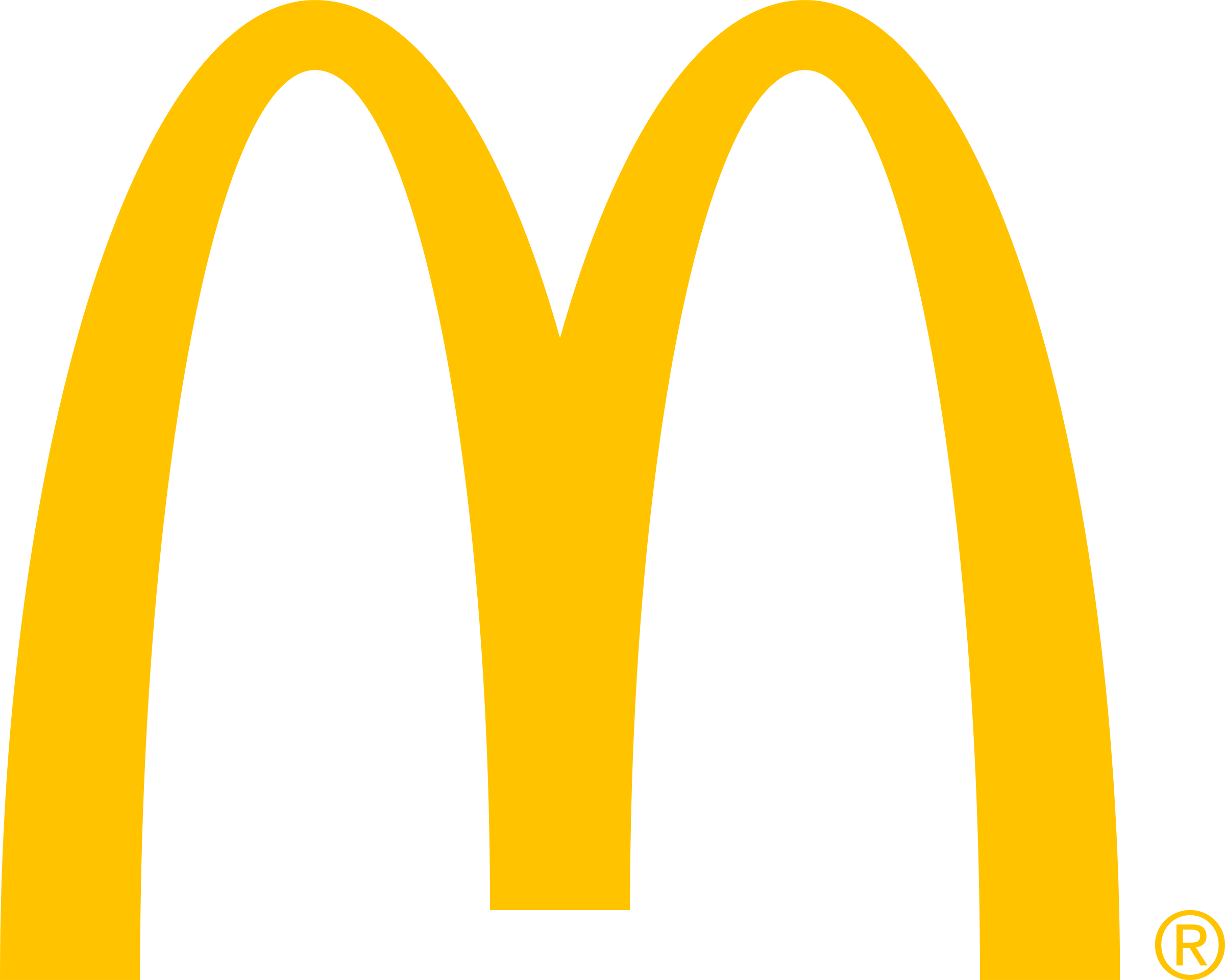
QUICK FACTS

Thank you to the New York Tristate Owner and Operators Association for your continued support.


